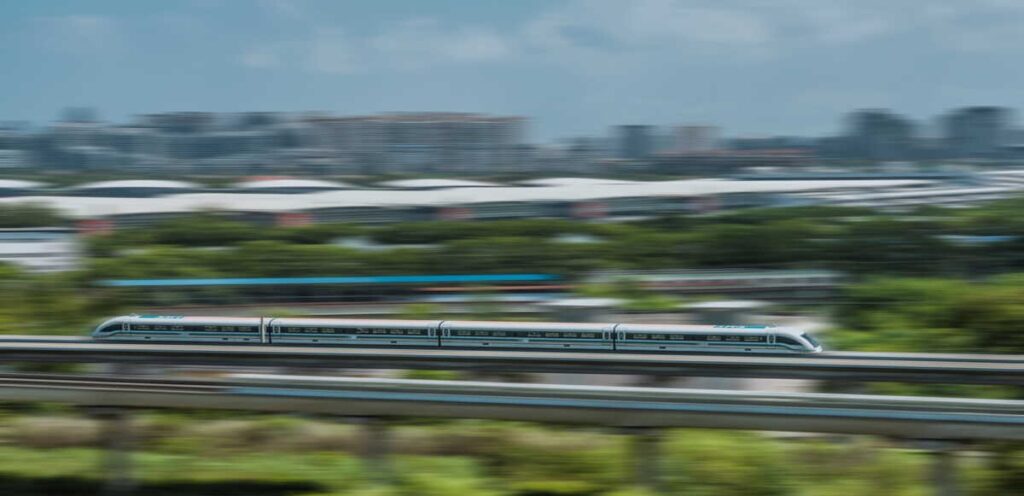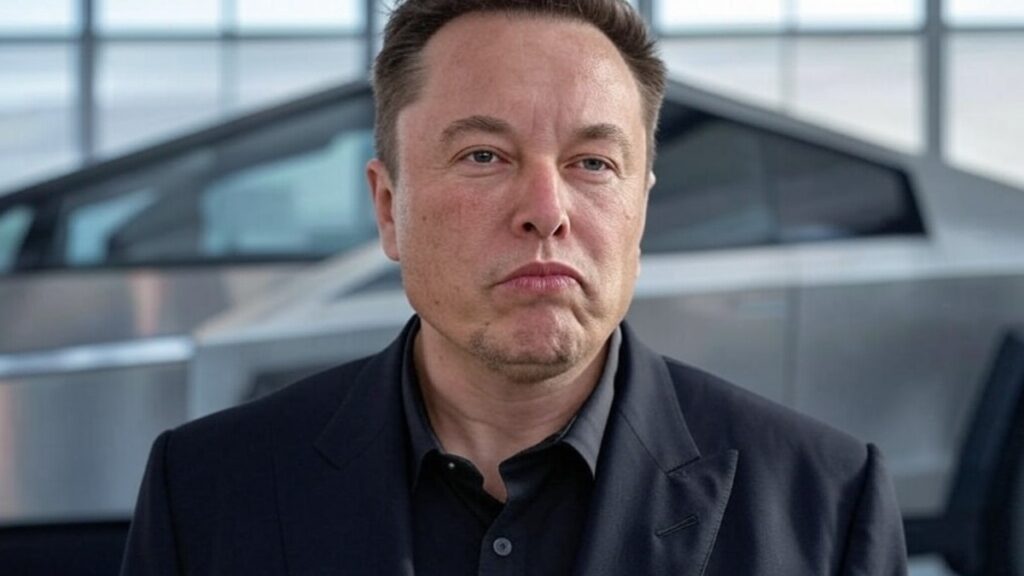In a game-changing move that could transform the future of travel, China is reviving the concept of hyperloops, originally popularized by Elon Musk, to enhance the speed of its trains. While the momentum for hyperloops has slowed down in the United States, China is set to harness magnetic levitation (maglev) technology within vacuum tubes to develop trains capable of reaching staggering speeds of up to 1000 km/h. Here’s what they’re planning.
Aiming to Triple Train Speeds
Imagine a train racing at nearly three times the velocity of the current fastest maglev trains. That’s the ambitious target China has set. At present, the nation’s high-speed trains can achieve a maximum speed of 350 km/h, which is certainly impressive. However, China is intent on breaking through this barrier with a new generation of trains that will leverage magnetic levitation for even higher speeds. This involves adapting vacuum tunnel technology, initially conceived alongside the hyperloop vision.
The Mechanism: Blending Maglev and Hyperloop
Maglev technology is already making headlines—utilizing magnetic fields to lift trains above tracks, thus reducing friction and enabling faster travel. Japan’s iconic Shinkansen boasts speeds of up to 500 km/h, but for China, that simply doesn’t cut it. To significantly increase speed, engineers are looking to merge maglev capabilities with the vacuum environment typified by hyperloop systems.
By encasing trains within vacuum tubes, engineers aim to eliminate air resistance—one of the primary hurdles to achieving ultra-high-speed travel. With air friction minimized, China aspires to approach sound-speed travel, targeting an astonishing 1000 km/h.
Tackling the Connectivity Dilemma
One major hurdle for such high-speed travel is maintaining internet connectivity. At speeds near sound, keeping a stable mobile signal is challenging as it’s tough to maintain a steady connection with cell towers. However, researchers from Southeast University in China have come up with an inventive solution.
Their proposal involves installing two parallel cables along the walls of the hyperloop tunnels, capable of emitting electromagnetic signals. These signals would guarantee continuous and stable connectivity, even while traveling at breakneck speeds. Researchers posit that this system could provide a mobile connection on par with 5G, ensuring passengers enjoy seamless internet access while zipping along.
The Prospective Landscape of Hyperloop Trains in China
While the technology is still in its infancy and challenges related to safety, regulation, and infrastructure are yet to be addressed, China is ploughing ahead with its plans. The first hyperloop line is anticipated to be up and running by 2035, and if everything goes according to plan, it could herald a new era of rapid travel, fundamentally altering transportation as we currently know it.
For now, eyes are on China as it pushes the boundaries of cutting-edge technology that may soon bring these futuristic trains to life. The next few years are critical in determining whether we’ll one day be commuting at speeds that seem ripped from the pages of science fiction.







